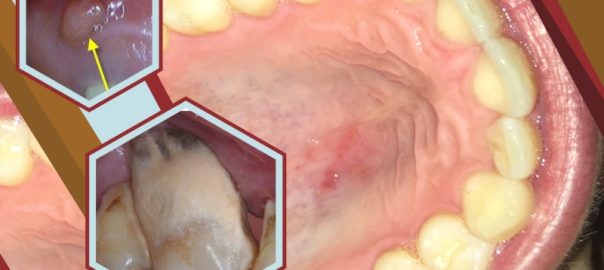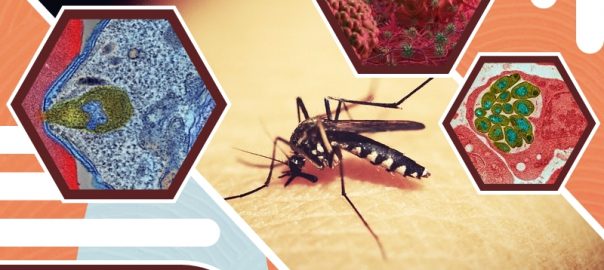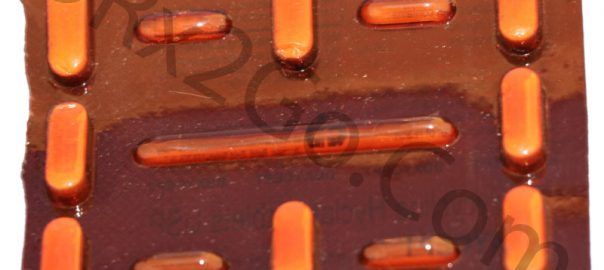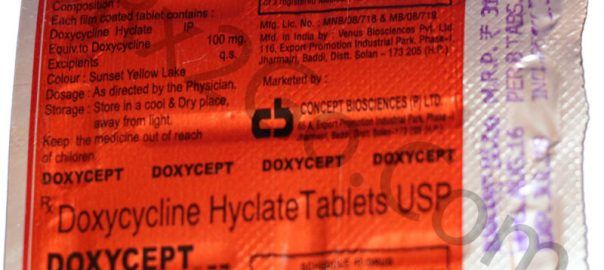The stages of gum disease are quite different from each other, and treatment and management options vary. The outlook for each stage also depends significantly on how far it is allowed to progress.
When you think of gum disease, you might think of one condition, with one set of symptoms. However, gum disease is a term that covers a whole range of illnesses in the tissue surrounding your teeth.
Gum Disease Causes and Risks
You may think that gum disease can only affect people who don’t brush or floss their teeth regularly. Gum disease, however, is far more complicated. It is affected by a variety of factors.
- The most common cause of gum disease is plaque that has built up around your gum line. Plaque is a sticky substance that has a lot of bacteria. Regular brushing and cleaning in between your teeth help keep plaque at bay.
- Tartar is much harder to remove than plaque, and it retains huge numbers of bacteria. Only professional cleaning by a dentist, hygienist, or periodontist can remove tartar. If left unchecked, tartar can cause gum disease that damages your gums and even your bone irreversibly.

Other factors that can increase your chances of getting gum disease:
- Hormonal changes
- Family history of gum disease
- Old or defective dental work
- Medications
- Smoking
- Crooked teeth
- Immune deficiency
- Diabetes
- Obesity
Stages of Gum Disease
There are two different stages of gum disease; gingivitis and Periodontitis.
1. Gingivitis is the mildest and most common stage of gum disease and can be cured or reversed. If Gingivitis is left unchecked, can turn into the more destructive and incurable Peridontitis.
2. Peridontitis is broken down into four stages:
- Initial – this is when the inflammation in the gums becomes destructive.
- Moderate – this has more damage which can be seen by your dental team.
- Severe with potential for tooth loss – if your gum disease has reached this stage, you are still unlikely to experience pain. However, you might notice a bad taste and bad breath, and you might notice your teeth look longer because your gums will have receded.
- Severe with potential for loss of all the teeth – people are often already missing several teeth at this stage, and the ones that remain are often loose. The teeth don’t have enough gum or bone that supports them, they may not be strong enough to support the force of your bite when you try to chew.
Treatment for Gum Disease
There are different ways to treat gum disease depending on the severity of the condition. There are two categories of treatment, non-surgical and surgical. Both can be performed under general or local anesthetic usually at your periodontist’s practice.
Medication used:
- Doxycycline – is an antibacterial drug that prevents the growth and spread of bacteria. This prevents the bacteria from multiplying and spreading to other parts of the tissue.








